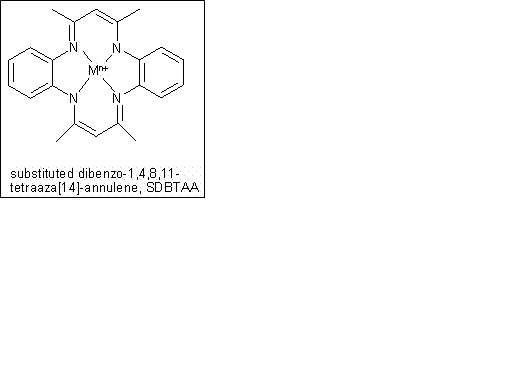Monday, May 19, 2008 - 2:50 PM
Medical Arts Building, Rm M-136 (Queensborough Community College)
220
Development of DBTAA Grafted Macroporous Monolithic Stationary Phases for HPLC
Dibenzotetraaza[14]annulenes (DBTAAs) have inspired research in a variety of areas since first being synthesized thirty years ago. Studies have investigated such topics as their electropolymerization on electrode surfaces, interactions with DNA/RNA, electrochemical activity, and catalytic abilities. Their structural similarity to porphyrins makes them an exciting option for separation used as part of the stationary phase in HPLC. We have recently begun investigation into the immobilization of substituted DBTAAs onto polymer monoliths, fixed porous structures consisting of crosslinked polymer chains and pores, which have provided an alternative to beads. DBTAAs and their metal complexes can be grafted onto prepared monoliths to aid in separation of such compounds as polycyclic aromatic hydrocarbons (PAHs), amino acids, and peptides. Monoliths have been prepared with varying initiator:monomer (4,4'-azobis(4-cyanovaleric acid):4-vinylaniline) concentrations and it has been shown that the initiator concentration must be equal to or greater than the monomer concentration for polymerization to occur. Using SEM, an inversely proportional dependence between the amount of initiator to the pore size was also detected.
